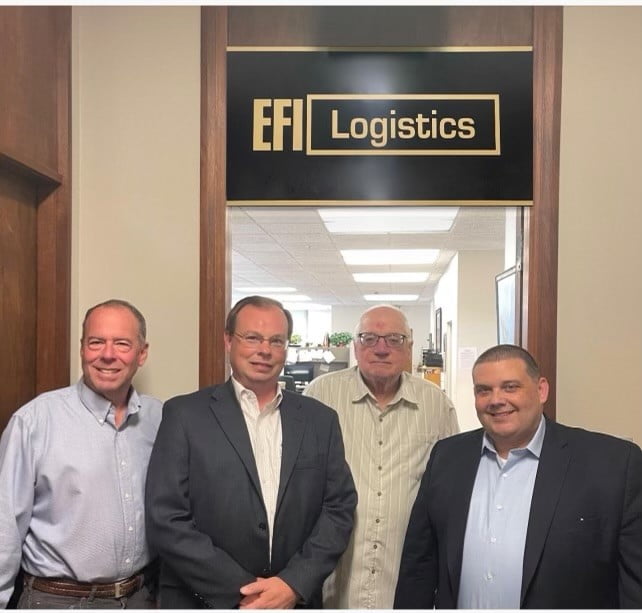This lack of clarity on future high- and low-sulfur fuel costs worries BCOs and NVOs as they enter the more critical second phase of negotiations in March.
Major container lines are telling North American importers they won’t sign service contracts that don’t account for their higher costs from the low-sulfur global mandate, while shippers and non-vessel operating common carriers (NVOs) complain that carriers won’t know the true cost until the fourth quarter when carriers will begin actually using low-sulfur fuel to run their ships.
That’s adding another layer of complexity to what is expected to be an already difficult annual service contract negotiating cycle due to expected market softness post-Chinese New Year when talks kick into high gear ahead of the new contract year taking effect on May 1 for many import shippers.
…
The price volatility of the higher-sulfur fuel type, known as ISO 380, has further complicated forecasting. The average price per ton as sold at the ports of Shanghai, Rotterdam, and New York-New Jersey was down 21 percent in the week ending Dec. 18, at $389, compared with the price in the week ending Nov. 16. As the differential has narrowed as the price of traditional bunkers has fallen, some have questioned the economic rationale for installing scrubbers in the first place.
Low-sulfur fuel supply
Some question whether enough supply of low-sulfur fuel will be available to meet the demand. According to the IHS Markit energy team, supply will be less of a concern. “In general we expect the price signal to be such that refiners and traders will be incentivized to produce these grades. Around the world, many [oil] majors have come out with announcements about their future product offering, so it’s clearly on the oil side’s radar screen.”
This lack of clarity on future high- and low-sulfur fuel costs worries BCOs and NVOs as they enter the more critical second phase of negotiations in March, following initial discussion of the first phase. Kenneth O’Brien, chief operating officer of Gemini Shippers, said carriers are indicating firm numbers may not be available until later this year, possibly the fourth quarter. “I’m pretty uncomfortable with that. As a shipper, I need to know what that rate will be,” he said.
Some carriers are taking a two-stage approach. Existing bunker fuel formulas will remain in effect until late this year, and then carriers will individually post a new rate that reflects the mandatory switch to low-sulfur fuel.
This article was originally published by the Journal of Commerce. To continue reading, visit JOC.com.


